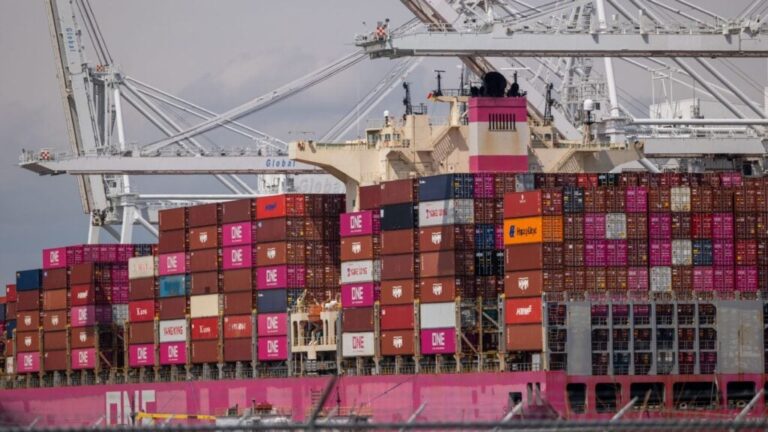Inflation remained softer than expected in May, with consumer prices rising only modestly, suggesting that President Donald Trump’s latest tariffs have yet to ripple through, the Bureau of Labor Statistics reported Wednesday.
Bigger. Better. Bolder. Inman Connect is heading to San Diego. Join thousands of real estate pros, connect with the Inman Community and gain insights from hundreds of leading minds shaping the industry. If you’re ready to grow your business and invest in yourself, this is where you need to be. Go BIG in San Diego!
Inflation remained softer than expected in May, with consumer prices rising only modestly, suggesting that President Donald Trump’s latest tariffs have yet to ripple through, the Bureau of Labor Statistics reported Wednesday.
The Consumer Price Index (CPI) rose 2.4 percent year over year, slightly above April’s 2.3 percent increase. Month over month, prices edged up just 0.1 percent, compared to 0.2 percent in April — both below economists’ forecasts.
Core CPI, which excludes food and energy, also came in cooler than anticipated at 0.1 percent and 2.8 percent, respectively. Despite recent tariff hikes, core prices have shown little immediate response, though officials warn that could change in the coming months.
Economists expect the effects of the tariffs to become more visible as companies begin passing higher import costs on to consumers. A recent survey by the Federal Reserve Bank of New York found that nearly one-third of manufacturers and about 45 percent of service companies said they raised prices to fully cover the added costs from tariffs. Another 45 percent of manufacturers and one-third of service firms said they raised prices only partially.

Seema Shah | Principal Asset Management Chief Global Strategist
Principal Asset Management Chief Global Strategist Seema Shah said the latest inflation numbers offer only limited reassurance.
“Tariff-driven price increases may not feed through to the CPI data for a few more months yet, so it is far too premature to assume that the price shock will not materialize,” Shah said, as reported by CNBC.
The Federal Reserve is watching closely. Officials worry that tariffs could trigger persistent inflation, especially if consumer expectations shift toward expecting higher prices long term. That scenario could limit the Fed’s ability to cut rates if the economy weakens.
For now, the Fed is holding interest rates steady at 4.25 percent to 4.5 percent. Officials have signaled patience because although the labor market is cooling, it’s not enough to warrant further rate reductions.
Still, some political pressure is mounting. In a post on X Wednesday, Vice President J.D. Vance called the decision to keep rates elevated “monetary malpractice,” given current inflation trends.

Alexandra Wilson-Elizondo | Global CIO of Multi-asset Solutions at Goldman Sachs Asset Management
Meanwhile, the Trump administration is pushing ahead with its trade agenda. In April, Trump announced a 10 percent universal tariff on U.S. imports, along with reciprocal tariffs targeting countries that he claimed were using unfair trading practices. Talks with China have recently progressed, with both sides reportedly nearing agreements on rare earth materials and key tech items. Other nations have until early July to strike trade deals.
White House officials maintain that tariffs won’t trigger runaway inflation, though economists remain skeptical.
“While we might see some price increases on goods later, service prices are expected to remain stable, suggesting any rise in inflation is likely to be temporary,” Alexandra Wilson-Elizondo, global CIO of multi-asset solutions at Goldman Sachs Asset Management, said, as reported by CNBC.
With markets awaiting clearer signals from the Fed, further rate cuts are not expected before September.
Email Richelle Hammiel


